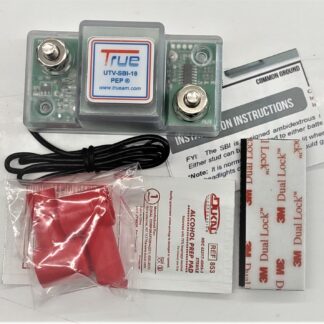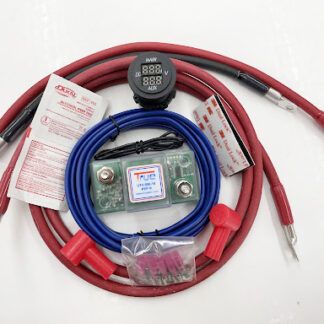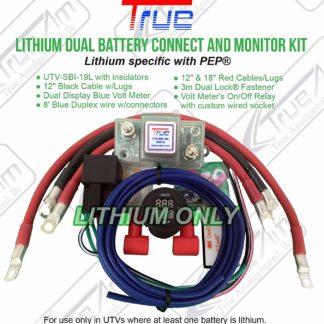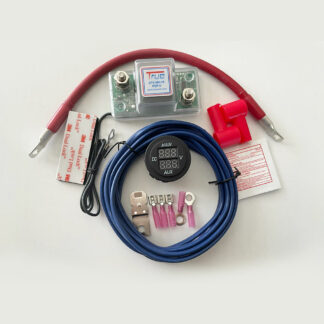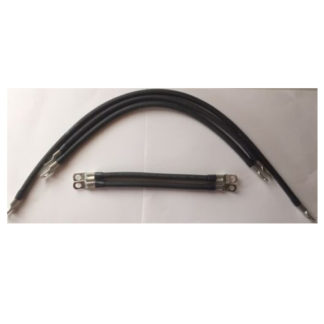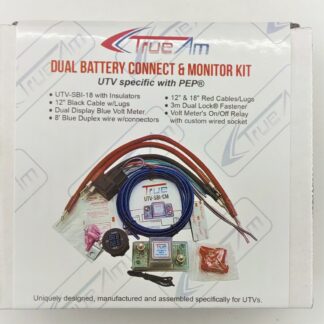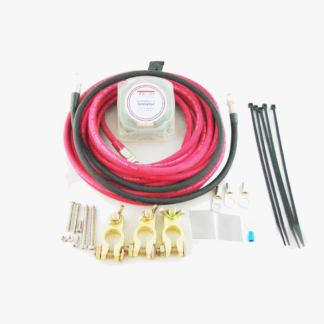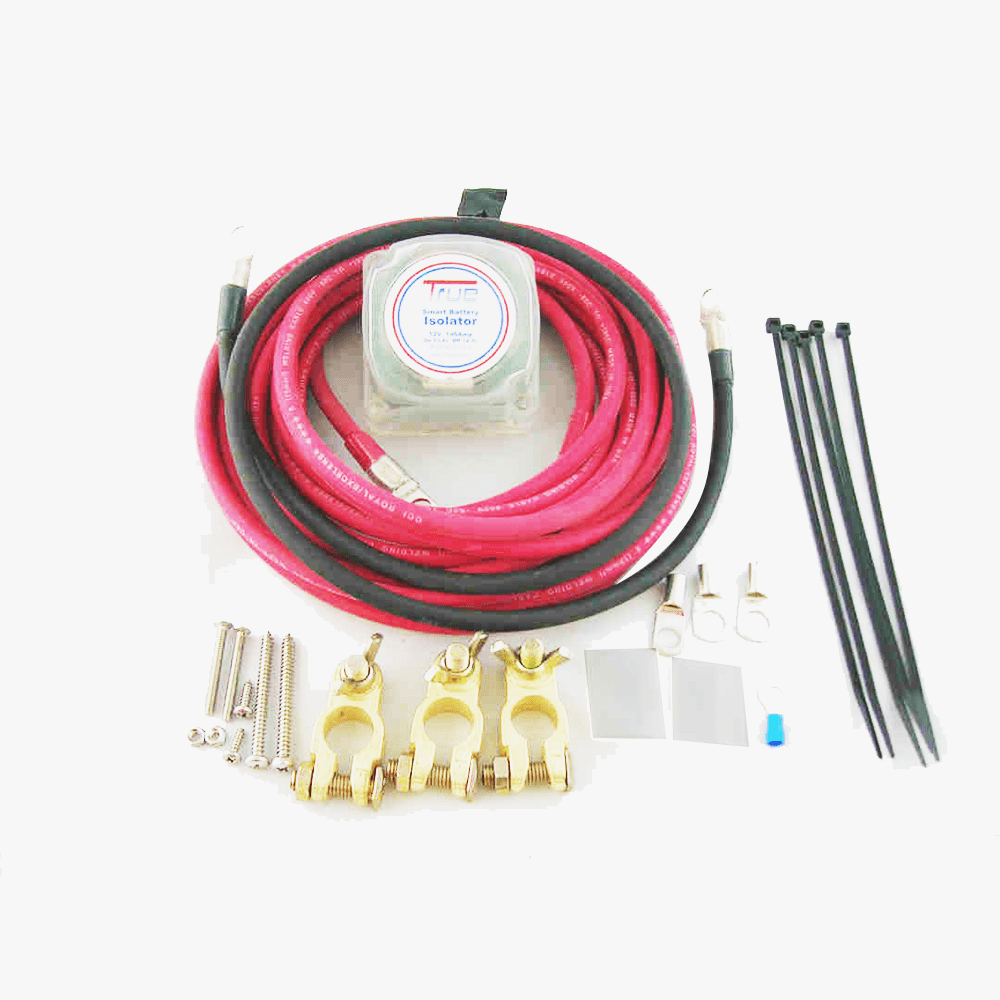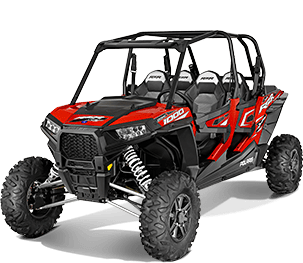
What are UTVs?
You’ve probably seen folks driving around in small quad bike-looking cars up rough terrain. UTVs, or Utility Terrain Vehicles, are the names for these vehicles. They’re frequently utilized to climb hills and navigate uneven terrain. Travelers love driving in these types of vehicles since they are entertaining and save them from walking long distances. Meanwhile, passengers can enjoy the beautiful view of hills, brooks, rivers, and animals in their natural habitat.
The “UTV” is a “utility vehicle,” meaning you can use it for work as well as travel. UTVs typically have two seats beside each other, depending on the vehicle. They do, however, occasionally have two more back seats. UTV vehicles with only one seat are also available in the market.
Why do I need UTV Parts and Accessories?
You can get the most out of your UTV by using the best UTV accessories. A base model side-by-side is formidable on its own, but the perfect upgrades can give you far more power, safety, and efficiency. Our team has put together a list featuring thirteen products to assist novice riders like you in making your trip extra enjoyable!
ACCESSORIES
No matter the sort of rider you are, you will eventually require a temporary fix to get you back on the road. The best approach to ensure a smooth ride is to maintain your machine regularly and replace wear and tear components as soon as they begin to exhibit deterioration. This will help you avoid more costly damages in the future.
Here are a few items to keep an eye out for.
Battery Isolator
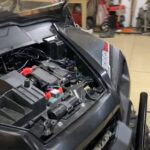
Dual battery isolators are a must-have for any UTV enthusiast, as batteries are prone to discharge when UTV owners add more devices, lights, and winches. They allow you to use a backup battery to power your vehicle’s accessories while the engine is switched off. Essentially, it keeps your main battery charged and available for use at all times. That’s why UTV fans have flocked to DFNA’s True® Battery Isolator UTV-SBI-18 with PEP. It is the first-ever smart battery isolator built exclusively for UTV applications. Of course, it uses the top-rated PEP® programming, but it’s packaged in a revolutionary new design that caters to the needs of UTV installations.
Tool kit
If you work with machinery, you may expect them to break down at some point. You’ll need to be ready for situations like this, which is why it is recommended that you keep a big toolkit on you—no need to worry about space since there is plenty of room in the rear.
Screws and screwdrivers, hammers, a wrench set, piler, air compressor, wires, ratchet straps, zip ties, and electrical tape should all be included in your toolkit. These are only a few examples of what you need. In addition, you should keep spare parts for anything that might break.
Tire changing kit and tires
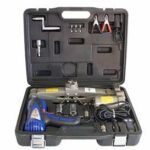 Some UTV attachments have the advantage of allowing you to replace tires quickly. UTV tires are not the same as regular tires. They are more abrasive to the surface. You should also have a tire-repair kit with you at all times.
Some UTV attachments have the advantage of allowing you to replace tires quickly. UTV tires are not the same as regular tires. They are more abrasive to the surface. You should also have a tire-repair kit with you at all times.
Interestingly, the tire tool kit for UTVs differs significantly from that of a standard automobile and includes tube patches, tire plugs, reamer, plug installation tool, and a CO2 inflator. A hole in the tires can be quickly repaired with these UTV accessories. However, it is always a good idea to have a spare tire on hand.
PROTECTIVE EQUIPMENT
Listed below are some pointers on maintaining your brand new power sports vehicle.
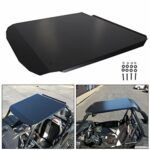 Roof
Roof
Make sure you’re protected from the elements! A bad sunburn may ruin your weekend, and a storm might appear out of nowhere. There are various options to choose from on the market. A molded plastic roof is a common choice, but polycarbonate roofs have the advantage of letting in a lot of light and can be colored to help block off the sun’s beams. Prices vary depending on your needs and the model of your UTV, ranging from $200 to $700, but if you plan on doing any real riding, it would be a bad idea to go without a roof. Stay on the trails for longer by protecting your skin and yourself from the elements.
Skid Plate
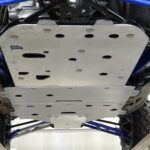
Your original skid plate isn’t giving the level of protection you require. Most machines shield crucial elements like the prop shaft but leave your feet unprotected. If you ride in any conditions where your vehicle may come into contact with gravel, pebbles, or sticks (essentially everywhere), you need to invest in a good skid plate to avoid getting wounded in the leg. A high-quality ARMW (Abrasion Resistant Molecular Weight) polyethylene is the best investment in terms of durability and longevity. A good skid plate should be at least 12 inches thick. Metal skid plates are also available, but they are noisy and add unnecessary weight.
Insurance
Although it seems self-evident, it is sometimes overlooked. In certain states, much like a car, your UTV must be registered and insured. Some states are more lenient. The best course of action is to do some research. The US Product and Safety Commission is an excellent place to start. They include links to safety and registration information and a list of requirements for each state.
SAFETY
Off-roading is a hazardous activity, but isn’t that part of the fun? Nevertheless, every owner and rider should make an extra effort to prepare for various scenarios. Unfamiliar terrain, bad weather, mechanical issues, and human blunders can leave you or your loved ones stranded or wounded. On the trail, anything can happen, and you must be ready for the worst. The following is a list of equipment that will assist riders across all skill levels in surviving the unexpected.
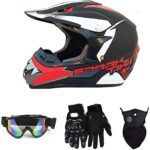 Protective gears
Protective gears
Another thing you must swear by is wearing the necessary protective gear. Helmets, eyewear, rain gear, and gloves are among them. You should also bring a jacket to keep you warm if it becomes cold. Also, make sure you’re wearing high-rise boots to avoid being bitten by mosquitoes and filth.
Side- and Rear-View Mirror
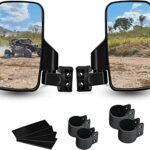 UTVs aren’t equipped with mirrors, which is surprising given how crucial they are. They do not help you go backward or safely change lanes, but they help keep track of what’s going on around you. If you’ve ever gone to a ride park’s hot obstacle, whether it’s a mud hole or a hill climb, you know how busy it can get. So when things get hectic, having a decent set of mirrors is a terrific way to prevent knocking into your friends. Additionally, having multiple perspectives to see where your tires strike the ground might make a tremendous difference when it’s your turn to hit that rock shelf. Sure, nothing beats a good spotter, but mirrors make things a whole lot easier.
UTVs aren’t equipped with mirrors, which is surprising given how crucial they are. They do not help you go backward or safely change lanes, but they help keep track of what’s going on around you. If you’ve ever gone to a ride park’s hot obstacle, whether it’s a mud hole or a hill climb, you know how busy it can get. So when things get hectic, having a decent set of mirrors is a terrific way to prevent knocking into your friends. Additionally, having multiple perspectives to see where your tires strike the ground might make a tremendous difference when it’s your turn to hit that rock shelf. Sure, nothing beats a good spotter, but mirrors make things a whole lot easier.
GPS
If you’re within reach of a cell tower, your phone will work fine, but if you’re serious about riding, you’ll be in regions where coverage is less than ideal. Portable GPS units are becoming more affordable by the day, with some costing as little as $90 while the most expensive go up to $200. In addition, many firms specialize in GPS dash mounting for your side by side, so acquire a GPS to figure out how to get back home.
Fire Extinguisher
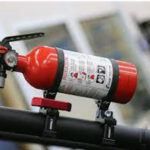 Fires do happen, even if they are uncommon. Bringing a fire extinguisher can make a whole world of difference between minor damage and destroyed equipment that needs to be replaced. If the ignition is not shut off immediately, flipped machines might catch fire, and several UTV warnings remind us that situations beyond our control can and will happen. The least we could do to control the problem is to be ready.
Fires do happen, even if they are uncommon. Bringing a fire extinguisher can make a whole world of difference between minor damage and destroyed equipment that needs to be replaced. If the ignition is not shut off immediately, flipped machines might catch fire, and several UTV warnings remind us that situations beyond our control can and will happen. The least we could do to control the problem is to be ready.
Emergency Supplies
Prepare for supplies you might need in the event of an emergency since you never know when you might get unlucky. Begin by putting together a first-aid kit. Its price ranges around $15-30. Make sure you get a nice one and keep it supplied. Splints, elastic bandages, wraps, disinfectants, cold packs, body warmers, tourniquets, and burn treatment supplies are all things you’ll need. Simply putting this kit in your glove box will help you get home, prevent illness, and perhaps save a life. Make it a habit to inspect it after every trip.
An epi-pen is not required, but it may prove to be helpful. You never know if you’ll be traveling with someone who is allergic to stuff in a new setting. As a result, having an epi-pen on hand is highly recommended. If allergies aren’t treated, they can be deadly, so make sure you have some on hand at all times. It is less necessary if you are positive that no one in your group has allergies or already has an epi-pen.
WINCH AND TOWING ACCESSORIES
Are you buried in muck, clinging to a rock, or swimming in water that is a little deeper than you anticipated? Without a winch, you’ll have to rely on reverse, and using reverse in a rescue emergency often implies a broken reverse chain. To winch your friend or yourself out of the muck, you’ll need all of the essential towing equipment. No rider wants to leave their
UTV in the middle of nowhere and returning home is undoubtedly a lengthy trek. The following is a list of recommended equipment.
Winch
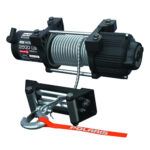 A winch is the most practical item you can add to your UTV. These are used for removing heavy objects from a site, such as a log or a boulder. They’re also helpful for getting your UTV or other vehicles out of tricky situations and are priced around $250-850.
A winch is the most practical item you can add to your UTV. These are used for removing heavy objects from a site, such as a log or a boulder. They’re also helpful for getting your UTV or other vehicles out of tricky situations and are priced around $250-850.
Winches are also beneficial for hunting since they allow you to drag your prey to a more convenient location for dressing. Winches are available in synthetic and wire versions and various power setups.
You can pick between 3500 lb., 4500 lb., and 5000 lb. winch depending on your vehicle and how much weight you’re prepared for. The unloaded stock weight of many two-seater side-by-sides is under 2000 pounds. Depending on the number of passengers, the amount of gear stored, and aftermarket improvements, a 4500-lb winch is usually just right.
Finally, to avoid exhausting your vehicle’s battery, confirm whether the winch’s power matches your UTV’s. You can wind up draining the battery if you don’t.
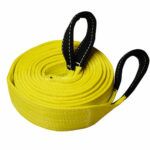 TOW STRAPS
TOW STRAPS
Every rider should have these thick nylon straps. They are easier to work with than rope and can be utilized for various purposes. The cost of these straps varies based on the quality and tow rating and can range from $50 to $100. Make sure you select a strap that can bear the weight of your vehicle at full load. Don’t be deceived by lower-cost straps that promise a higher breaking load. If you crash your machine and aren’t going to be able to drive it home, you’ll need a good set of tow straps to get it back to the trailer.


